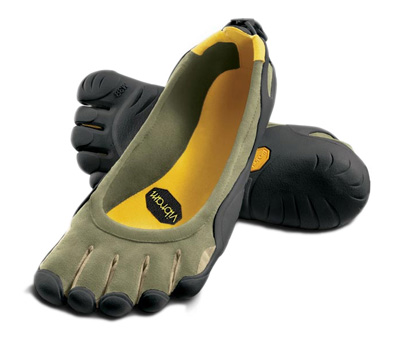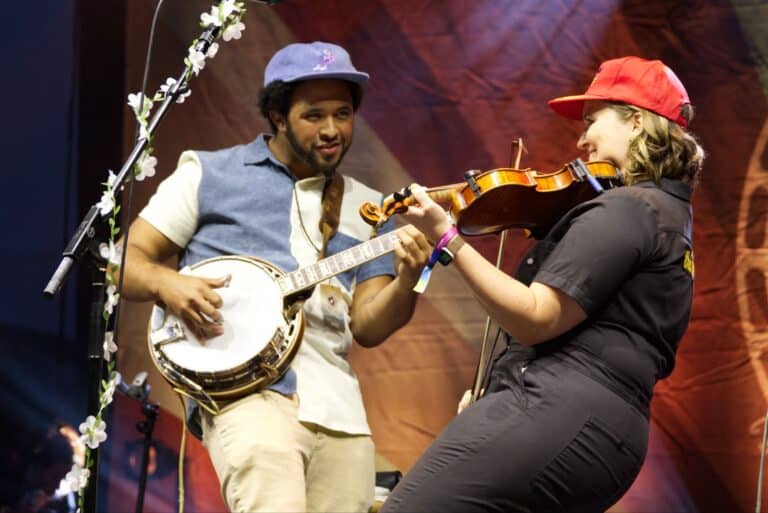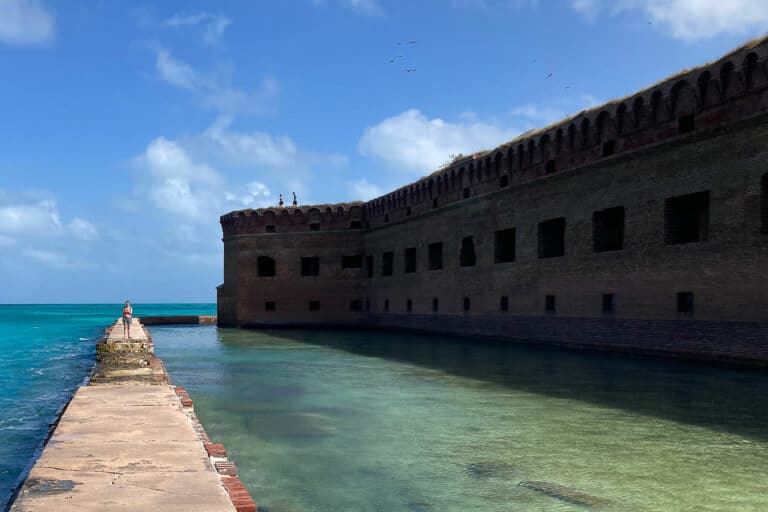So what’s all the hype about Vibram FiveFingers? I’ve started seeing them at the gym, on the trails, and even strolling around town on a Sunday afternoon.
The makers say they are like going barefoot. But I thought my mother told me never to go barefoot?
Running without shoes can strengthen the foot, ankle, and leg.
This is not a new idea. Not only has man been running around barefoot for centuries, but he’s been doing so rather quickly. Tribal runners around the world have long since been running barefoot. We’ve even seen a few Olympic athletes run this way during competition. But is this the way all of us should hit the pavement?
Research tells us a few things. It is thought by many, if not all in the know, that the excessive cushioning provided by some shoe technology weakens the foot and leg muscles. Hence we have Birkenstock and other shoes, which encourage the natural gripping and work of the foot.
Researchers have also noticed that among those who run barefoot, the foot strikes in the mid or forefoot. The cushion of our running shoes, shaped like a wedge, forces a change in the way we strike the ground.
Without the wedge, the mid- or forefoot naturally make contact before the heel. The arch is strengthened by this motion. And when the forefoot or mid-foot strike first, the likelihood of injury is far less as is the impact to the joints.
Even more interesting to me was the fact that running with a forefoot strike actually uses about 5 percent less energy than running with a heel strike. That’s like never paying the tax on your purchases again, or having your energy bill reduced by $5,000 over a lifetime. When we run barefoot, we also consume (or need) less oxygen.
Simply put, we are more efficient.
It would seem that all signs are nudging us to run barefoot, or close to it. So why was the ultra cushioned running shoe created? We have become accustomed to shoes, namely to keep our feet protected. Protection developed into correction, but now it seems we are correcting the very problems we tried to avoid. Did we simply let this get out of hand? Reversing this process can take time and practice. So if and when you decide to try running barefoot (or with FiveFingers—gravel and glass don’t feel good during your morning run), do so carefully and gradually. Just as you would start slowly when training for a marathon if you’d never run before; ease into your Five Fingers. Your foot, body, and mind will need some time to adjust—be patient and your feet will keep you going the distance.









